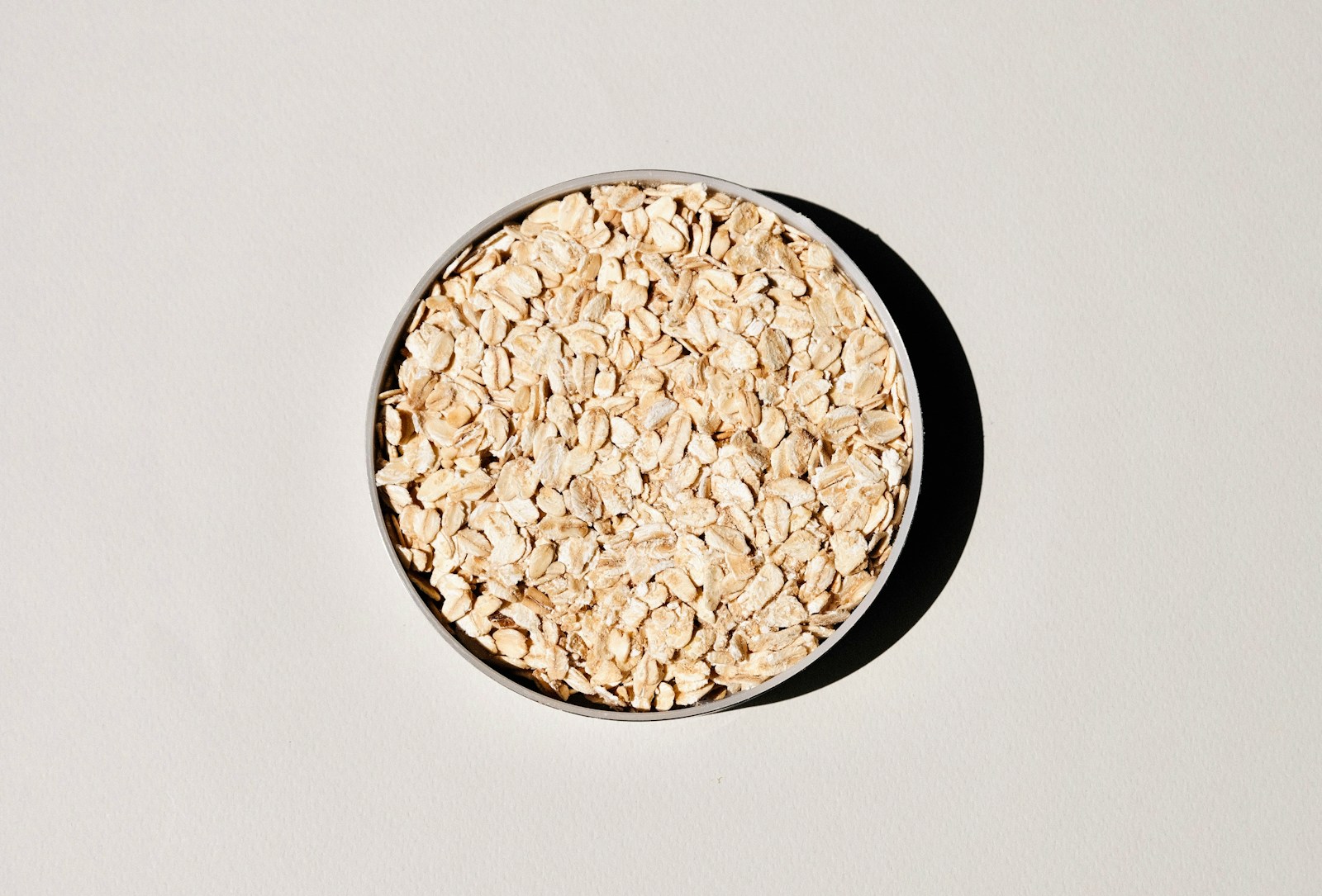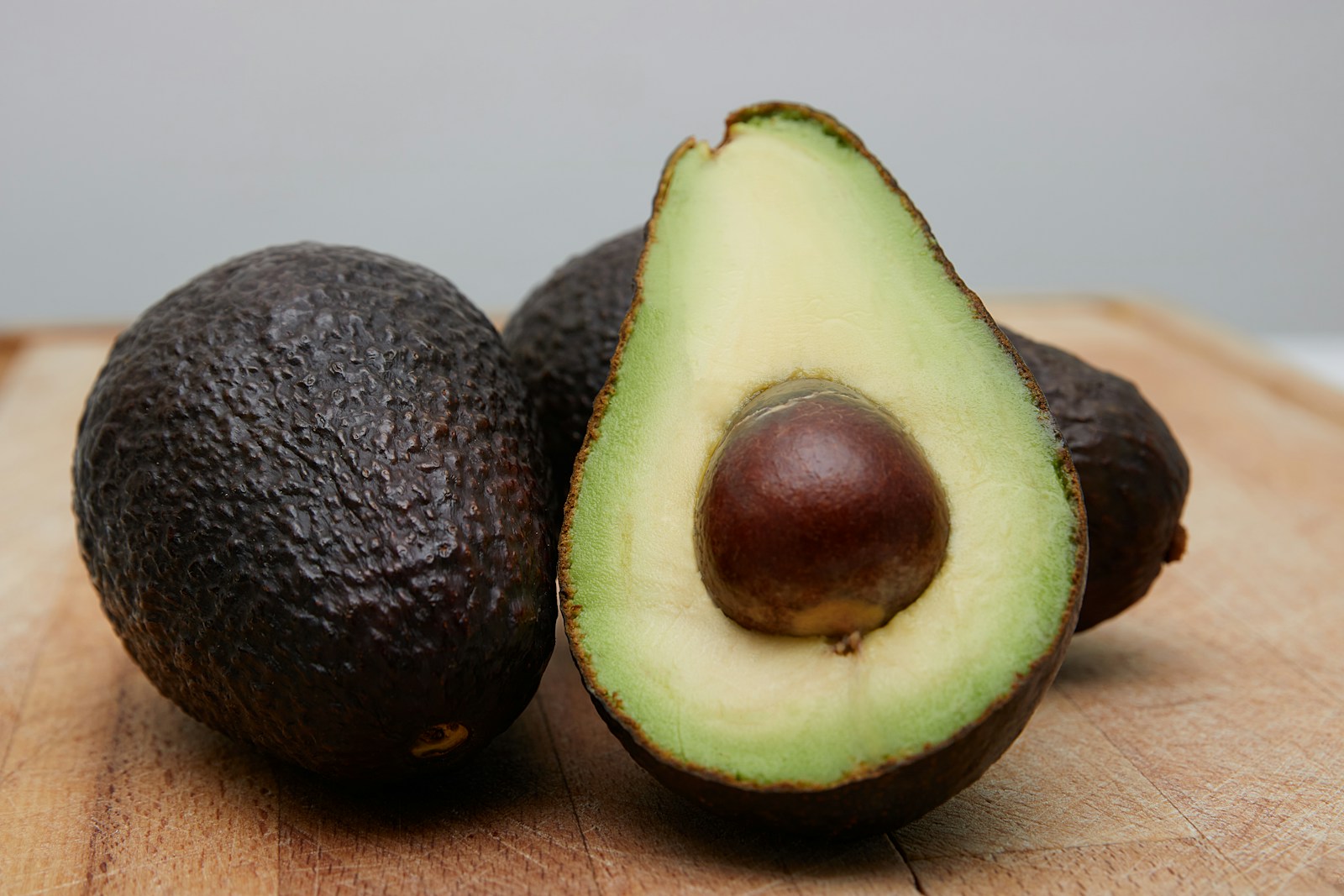Soft foods are a great option for individuals who have difficulty eating or swallowing. These foods are easy to chew and swallow, making them ideal for people with sensitive, swallowing issues, or those recovering from dental work. In this article, we will explore ten examples of soft foods that can be incorporated into your diet. Remember, it’s always a good idea to consult with a healthcare or a registered dietitian for personalized recommendations.
1. Mashed Potatoes:
Mashed potatoes are a soft food option that is loved by many. They are easy to prepare and can be made creamy and smooth, allowing individuals to easily consume them without much effort. To make mashed potatoes, boil peeled potatoes until they are soft, then mash them and add butter, milk, salt, and pepper according to your preference. You can also try adding different herbs or cheeses to enhance the flavor.
2. Yogurt:

Yogurt is an excellent source of protein and calcium, and it is also soft and easy to eat. Opt for plain yogurt with no added sugars, as flavored yogurts often contain high amounts of added sugars that may not be suitable for everyone. You can add fresh fruits or honey to sweeten it naturally and create different flavor combinations. Greek yogurt is a thicker option that provides even more protein.
3. Applesauce:

Applesauce is a puree made from cooked apples, and it can be enjoyed by individuals of all ages. It is smooth, easy to swallow, and packed with vitamins and fiber. You can make your own applesauce by peeling and chopping apples, then cooking them with a little water until they become tender. Add some cinnamon or nutmeg for added flavor if desired.
4. Oatmeal:

Oatmeal is a nutritious and versatile breakfast option that can be made soft and easily consumed. Cook oats according to the package instructions using water or milk for added creaminess. You can add fruits, nuts, or a drizzle of honey to enhance the taste and nutritional profile.
5. Smoothies:

Smoothies are a fantastic way to incorporate a variety of soft foods into your diet. You can combine fruits, vegetables, yogurt, milk, or plant-based milk alternatives to create a smooth and creamy drink. Blend everything together until smooth, and you have a nutrient-packed meal or snack that is easy to consume.
6. Cottage Cheese:

Cottage cheese is a soft cheese that is rich in protein and calcium. It can be enjoyed on its own or mixed with fruits or vegetables to create a savory or sweet dish. Mix it with some fresh berries or sliced cucumber for a refreshing and soft meal.
7. Scrambled Eggs:

Scrambled eggs are a simple and soft option for breakfast, lunch, or dinner. They are easy to chew and swallow, making them suitable for individuals with difficulty eating. To make scrambled eggs, beat eggs with salt and pepper, then cook them in a non-stick pan over low heat until they are fluffy and fully cooked. You can add shredded cheese or chopped vegetables for extra flavor and nutrition.
8. Steamed Vegetables:

Steamed vegetables are a great way to introduce soft and nutritious foods into your diet. Vegetables like broccoli, carrots, and cauliflower can be steamed until tender and easily mashed with a fork. Steaming retains the nutrients while making them softer and more palatable.
9. Rice Pudding:

Rice pudding is a delicious dessert that is made by cooking rice in milk and sugar until it becomes thick and creamy. For added flavor, you can include spices like cinnamon or nutmeg. Rice pudding can be a great option for individuals who need extra calories or those who prefer a sweet treat that is easy to eat.
10. Avocado:

Avocado is a soft and creamy fruit that is packed with healthy fats and various nutrients. It can be mashed and spread on bread or toast, used as a topping for salads, or added to smoothies for extra creaminess. Avocado is not only delicious but also provides many health benefits.
In summary, soft foods are easy to chew and swallow, making them suitable for individuals with difficulty eating or swallowing. The examples mentioned above provide a variety of options for incorporating soft foods into your diet. Remember to consult with a healthcare provider or registered dietitian to determine the best soft food options for your specific needs and preferences.













